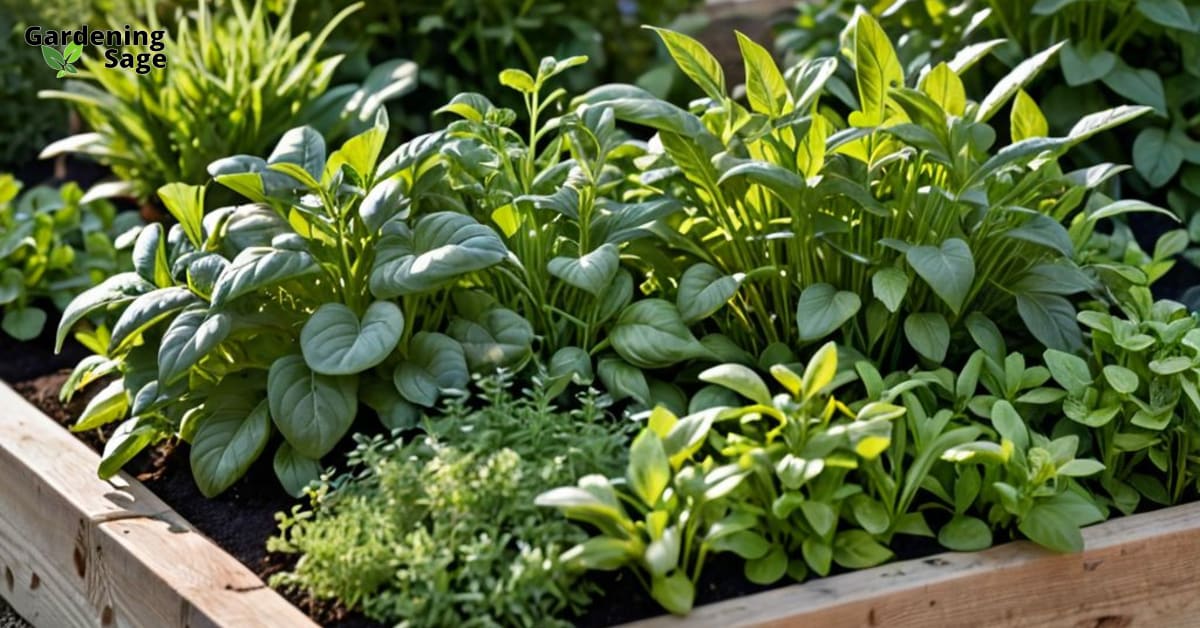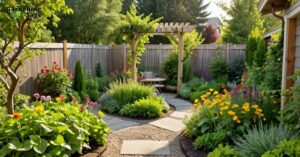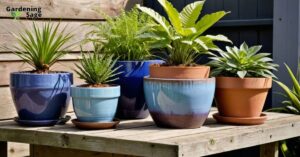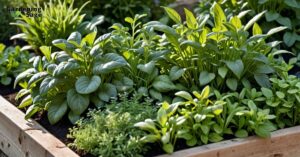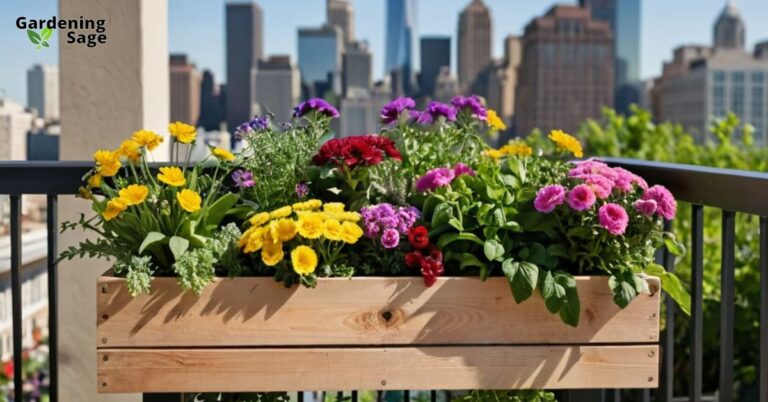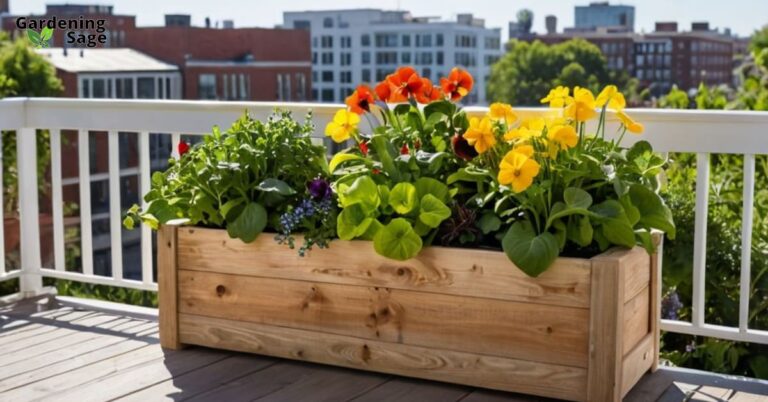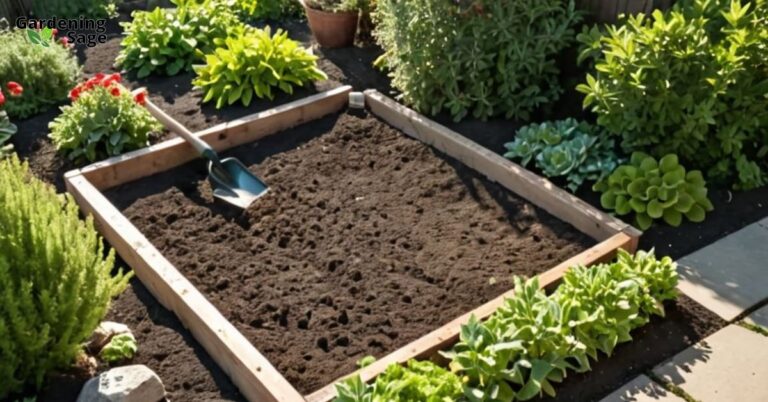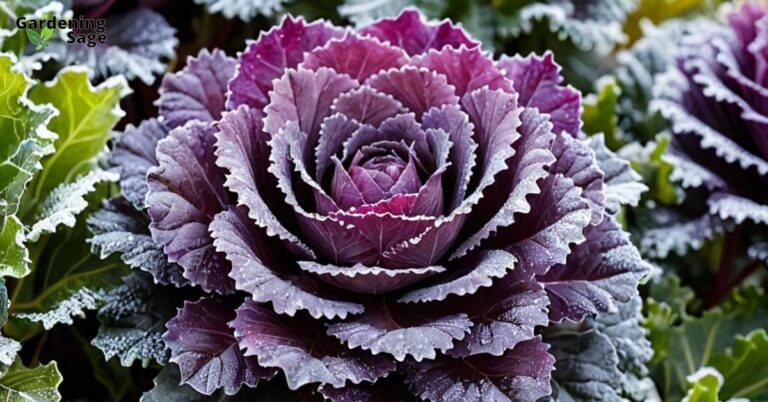Embarking on Your Herb Garden Journey: Navigating the Essentials
For both novice and seasoned gardeners alike, an herb garden offers an accessible, rewarding way to explore the joys of gardening while adding beauty and culinary flair to your outdoor space. When thoughtfully planned and tended, an herb garden can flourish with minimal effort, transforming even a small corner into a bountiful haven brimming with aromatic delights and a variety of textures.
When embarking on your herb garden adventure, the first step involves understanding your plant options and assessing your space. Herbs like basil, thyme, rosemary, sage, oregano, chives, parsley, cilantro, dill, and mint are great starter options that can thrive in a spectrum of conditions. Each herb comes with its own unique set of characteristics; for instance, basil offers a sweet and peppery flavor that is indispensable in Italian dishes, while rosemary provides a woody aroma that complements a variety of meats and bread. Consider sunlight, drainage, and space requirements to determine optimal placement and pairings within your garden layout. It’s also important to think about the growth habits of each herb—some may spread vigorously, like mint, while others remain compact and tidy.
Designing With Intent: Key Elements for an Abundant Herb Garden
Though herb gardens allow flexibility, incorporating a few key structural elements can ensure your plants have room to reach their full potential. Thoughtful design can also prevent common issues such as overcrowding and poor air circulation, which can lead to pest infestations and diseases.
- Raised beds (at least 6 inches deep) promote drainage and can help prevent root rot, a common issue in poorly drained soils.
- Amend soil with compost to boost nutrients. This organic matter not only enriches the soil but also improves its structure and water-holding capacity.
- Allow 16-18 inches between plants for ample growth. This spacing gives each herb enough room to flourish without competing for resources.
- Situate taller herbs like dill towards the back of your garden or plot to prevent them from shading smaller plants.
- Group herbs with similar light and water needs. This simplifies care and ensures that each plant receives the appropriate amount of sunlight and moisture.
When designing your layout, cluster herbs with complementary flavors that can enhance each other when harvested together. For example, plant thyme, rosemary, sage, and oregano in one area for a robust Mediterranean medley. These herbs not only work well together in dishes but also have similar requirements in terms of sunlight and watering, making them ideal companions. Let your culinary inspiration guide you! Imagine the dishes you love to cook and select herbs that will elevate those recipes.
Caring for Your Herbs: Water, Prune, and Harvest
Herbs may be low-maintenance, but providing consistent care is key to keeping them healthy and productive. Follow these tips:
- Water when the top 2 inches of soil are dry. Most herbs need 1-2 inches of water per week, but be sure to adjust based on rainfall and temperature changes. Overwatering can be as detrimental as underwatering, so it’s crucial to monitor soil moisture levels.
- Prune herbs frequently to stimulate new growth. Cut back by 1/3 throughout the season to encourage bushier plants and prevent them from becoming leggy. Regular pruning also helps to maintain the desired shape and size of your herbs.
- Harvest often! Snipping leaves and stems promotes regrowth and can prolong the productive life of your plants. Time harvest based on intended use—for fresh consumption, pick in the morning when the essential oils are most concentrated. For drying or storing, wait until the plant has enough foliage to sustain growth after cutting.
With proper site preparation, planting, and maintenance, your herb garden can flourish! For more growing tips and design inspiration, visit our website. There, you’ll find a wealth of resources, including detailed guides on individual herbs, creative recipes to make the most of your harvest, and troubleshooting advice for common garden challenges. Whether you’re looking to create a dedicated herb garden or integrate herbs into your existing landscape, our expert insights can help you achieve a lush, productive space that delights the senses and enhances your cooking.
Remember, the key to a successful herb garden is to start small and expand as you gain confidence and experience. By focusing on a few well-chosen herbs and learning their specific needs, you’ll soon enjoy the satisfaction of a thriving garden that’s both beautiful and functional. So, roll up your sleeves, get your hands in the dirt, and begin the delightful journey of growing your own herbs!

